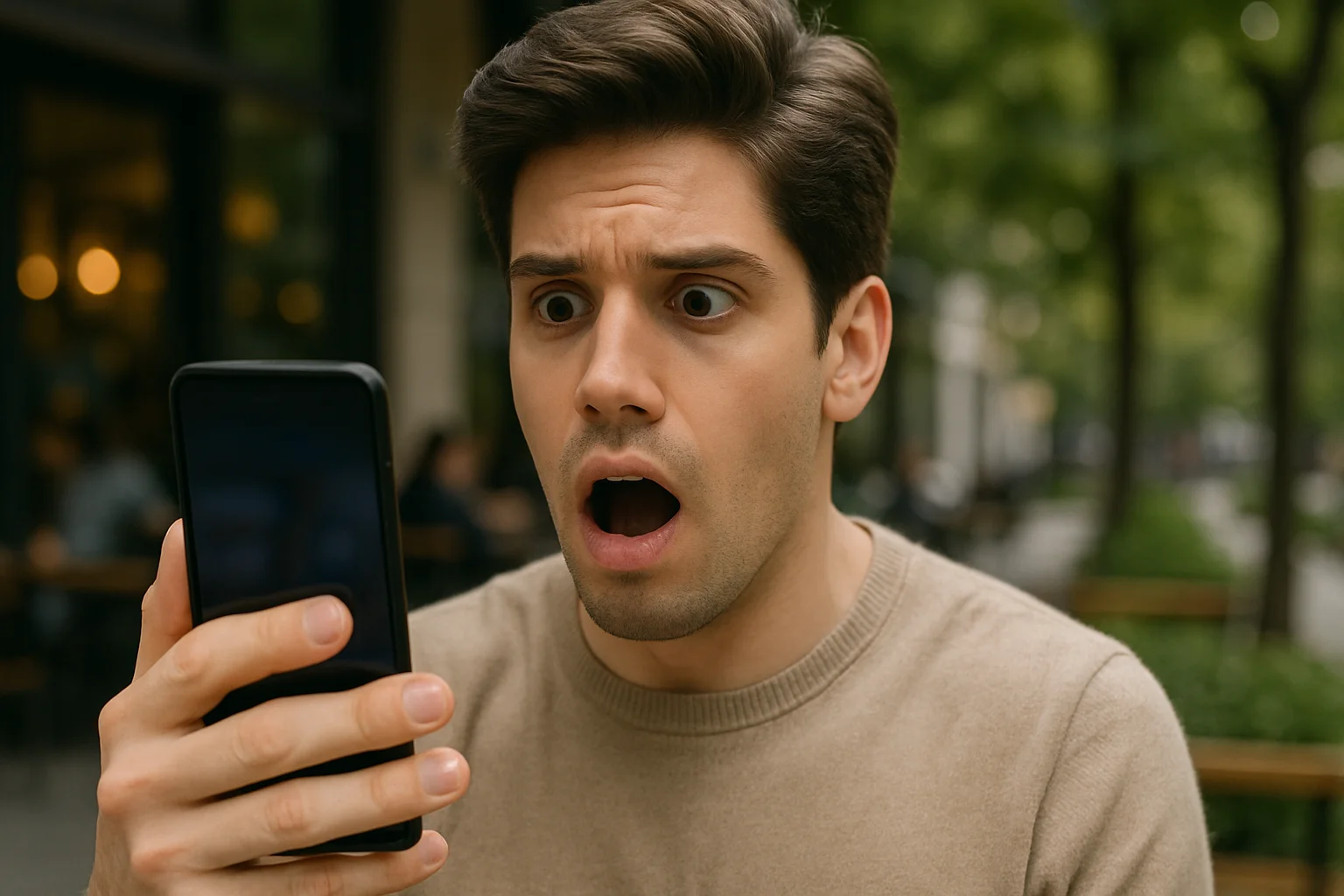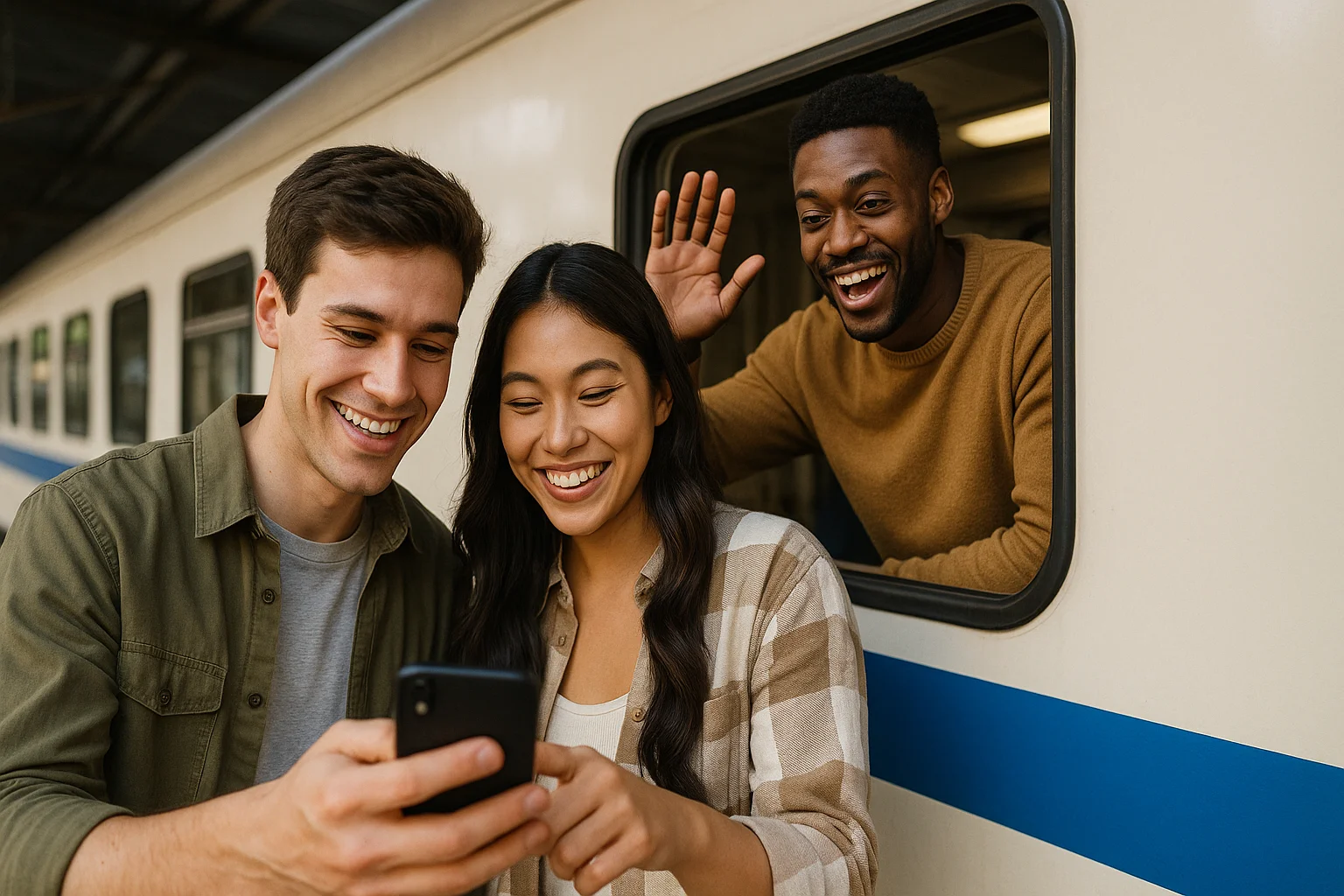In a world where we share everything—from our playlists to our GPS pins—it’s no surprise that one of the most searched questions is: “If someone blocks you, can you still see their location?” Whether it is about keeping tabs on a loved one, ensuring a teen made it to school, or — let’s be honest — some leftover curiosity after a breakup, the urge to know where someone is doesn’t go away just because a conversation ends.
But here’s the truth: blocking someone doesn’t always mean you vanish from their digital map — or vice versa. In fact, depending on which platform you are using and how location sharing was set up, you might still be visible (or still seeing them) even after that block button was hit.
So, what exactly are we speaking about in this article? We offer you to go beyond the myths and digging into real-world behavior of location sharing across popular apps and platforms for you to know the clean answers regarding them. Let us start with the basics.

What Does Blocking Really Block?
Here is a common misconception: when someone blocks you, all forms of digital connection are cut. But in reality that is only partially true. Blocking typically stops calls, messages, and notifications — but it doesn’t automatically disable location sharing.
If someone previously shared their live location with you through apps like Google Maps, Apple Find My, or Life360, there is a chance you’ll still see their position until they manually stop sharing. That is right — location sharing must be turned off separately.
If you want to test it:
- Google Maps: Go to Your Timeline and look for shared location history, even if someone has blocked you on another app.
- Apple’s Find My: Open the “People” tab and check if their name is still there. If it is, and location sharing hasn’t been stopped manually, you might still have access.
- Life360: Blocking you won’t matter much if you’re still in the same shared Circle.
Fun fact: In some apps, you might continue to see someone’s last known location even after they’ve blocked you or turned off live sharing. It’s not real-time — but it’s still data.
Blocked in Chat, but Not in Maps? Here’s What Actually Happens
Blocking someone might feel like cutting the cord — but in reality, what gets blocked (and what doesn’t) depends a lot on where and how the blocking happens. You might be shut out of someone’s inbox, but still find their digital footprints elsewhere. Sounds confusing? Let’s break down what blocking really means across platforms, especially when it comes to location access.
Blocking in Messaging Apps: WhatsApp, Messenger, Telegram
Let’s say someone blocks you on WhatsApp. You won’t see their profile picture, status updates, or last seen time anymore. But here’s the twist: if they were sharing their live location with you, it doesn’t stop automatically. Unless they go in and manually hit “Stop Sharing,” the location feed may continue — even if the chat is cut off.
The same goes for Messenger and Telegram. If you were given temporary access to someone’s real-time location via the app, that permission stays active for its full duration unless revoked.
Example: On WhatsApp, if someone shares their live location for 8 hours, and blocks you 10 minutes later, you could still see where they are for the remaining 7 hours and 50 minutes. Blocking doesn’t end the share session — it just ends the talking.
Blocking on iPhone (iMessage, Contacts)
On iPhone, blocking is a bit more powerful — but not all-encompassing. If someone blocks you via Contacts or Messages, you won’t be able to call, text, or FaceTime them. But that doesn’t mean you’ve disappeared from their “Find My” list — or them from yours.
Location sharing through “Find My” stays active until the person disables it manually. So, if your contact was sharing their location before blocking you, there is a decent chance you can still track them… until they realize it and turn it off.
Tip: If you’ve blocked someone and want full privacy, don’t forget to stop location sharing separately in the Find My settings.
Blocking on Android (Google Contacts and Beyond)
Android users, don’t feel left out — this works differently for you too. If you’re blocked as a contact in Android, you’ll stop receiving calls, texts, and alerts. But if someone shared their location with you via Google Maps, that’s a separate permission entirely.
Google Maps’ location sharing isn’t tied to phone contacts. So, even if they block your number, you might still see their location if they didn’t remove you from their sharing list.
To check, open Google Maps → tap your profile picture → “Location sharing.” If the person’s still listed, you are still connected.
Privacy Tip: Whether you are the blocker or the blockee, always double-check your active location shares. People often forget they are still visible on someone’s map.
Timing Matters: Temporary vs. Persistent Location Sharing
Here is where things get interesting. Not all location sharing is equal — some types are timed, while others last until you manually disable them.
Live Location = Temporary
Apps like WhatsApp or Messenger offer short-term location sharing. You can send your live location for 15 minutes, 1 hour, or 8 hours. Once that timer runs out, the map goes dark — unless the person shares again.
But if they forget to cancel it after blocking you, you’ll still have access for the remainder of that session.
Google and Apple = Persistent (Until You Stop It)
Google Maps and Apple’s Find My allow for continuous location sharing. There is no built-in expiration unless you revoke access yourself. That is why someone might block you, but accidentally leave their location open.
Smart advice:
- Don’t assume live sharing ends with a block
- Use location history when live tracking is unavailable
- Use apps that notify you when sharing starts or ends
Taking Control — Number Tracker and the Smarter Way to Share Location
By now, we’ve learned that blocking someone doesn’t always shut down location sharing. In fact, in many apps, sharing continues until you manually turn it off. That raises an important question — not just can someone see your location, but how should location sharing work in the first place?
If accidental oversharing is possible, wouldn’t it be better to use tools that offer clear permissions, full transparency, and real control? That’s where Number Tracker enters the picture.
What Is a Number Tracker App —and When Should You Use It?
Number Tracker is a privacy-focused location app that allows you to find a person’s phone location using their number—but full access to sharing and tracking available only with consent. The app works by letting you create a private circle, where each member agrees to share their live location with others in that group.
Legitimate Uses for Number Tracker
Here are some of the best ways to use Number Tracker in a legal and thoughtful way:
- Parental monitoring: Keep tabs on where your kids are during school, travel, or extracurriculars.
- Employee safety (with consent): Employers in delivery, field work, or travel roles can use location sharing to support team safety.
- Family location circles: Great for families who want reassurance when someone is traveling, coming home late, or commuting alone.
- Travel check-ins: One friend traveling solo? Others can watch their route for peace of mind.
- Geofenced alert Get notified when someone leaves or arrives at marked locations like “Home,” “Work,” or “School.”
Tip: These geofence places features are especially helpful for parents and caregivers. Customize alerts only for meaningful changes — so your phone isn’t buzzing all day.
Legal Note: Using any tracking tool without someone’s knowledge or approval can lead to serious legal consequences. Number Tracker was built specifically to prevent misuse and to keep tracking ethical, legal, and mutual.

How Do Other Apps Compare?
So how does Number Tracker stack up against the big players like Google Maps, Apple Find My, or Life360? Before we wrap up, here’s a comparison of how blocking affects location visibility across some of the most popular location-sharing platforms in the U.S.
| App | What Happens After Blocking | Can You Still See Location? |
| Apple Find My | Access must be revoked manually | Yes, if sharing is still active |
| Google Maps | Blocking a number doesn’t end sharing | Yes, if sharing is enabled |
| Life360 | Blocking a contact doesn’t affect sharing | Yes, if still in the same “Circle” |
| Snapchat | Ghost Mode must be turned on manually | No, if Ghost Mode is enabled |
| Blocking doesn’t stop live location | Yes, until timer runs out |
As you can see, location sharing doesn’t stop just because someone hit “block.” In most cases, you need to go into settings and manually end the connection — or you risk being visible longer than you intended.
Be Aware, Be Transparent
So — can someone still see your location after you block them? Yes, in some cases. It all comes down to the app you are using and whether location sharing was turned off.
That is why it is so important to use tools with the ability to manage control over who sees your location and when. You can be checking on your child, coordinating with a coworker, or planning safe solo travel. Number Tracker offers a reliable and respectful way to stay connected. Because when it comes to privacy, it’s not about hiding — it is about having the choice.

